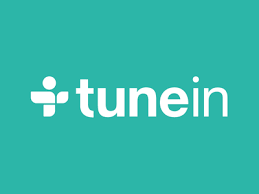The First Amateur Radio Station on the Moon, JS1YMG, is Now Transmitting
/The Japan Aerospace Exploration Agency (JAXA) successfully landed their Smart Lander for Investigating Moon (SLIM) on 19th January 2024. Just before touchdown, SLIM released two small lunar surface probes, LEV-1 and LEV-2.
LEV-2 collects data while moving on the lunar surface, and LEV-1 receives the data.
The JAXA Ham Radio Club (JHRC), JQ1ZVI, secured amateur radio license JS1YMG for LEV-1, which has been transmitting Morse code on 437.41 MHz since 19th January 2024. The probe uses a 1 W UHF antenna with circular polarization and is transmitting "matters related to amateur business."
Read More



